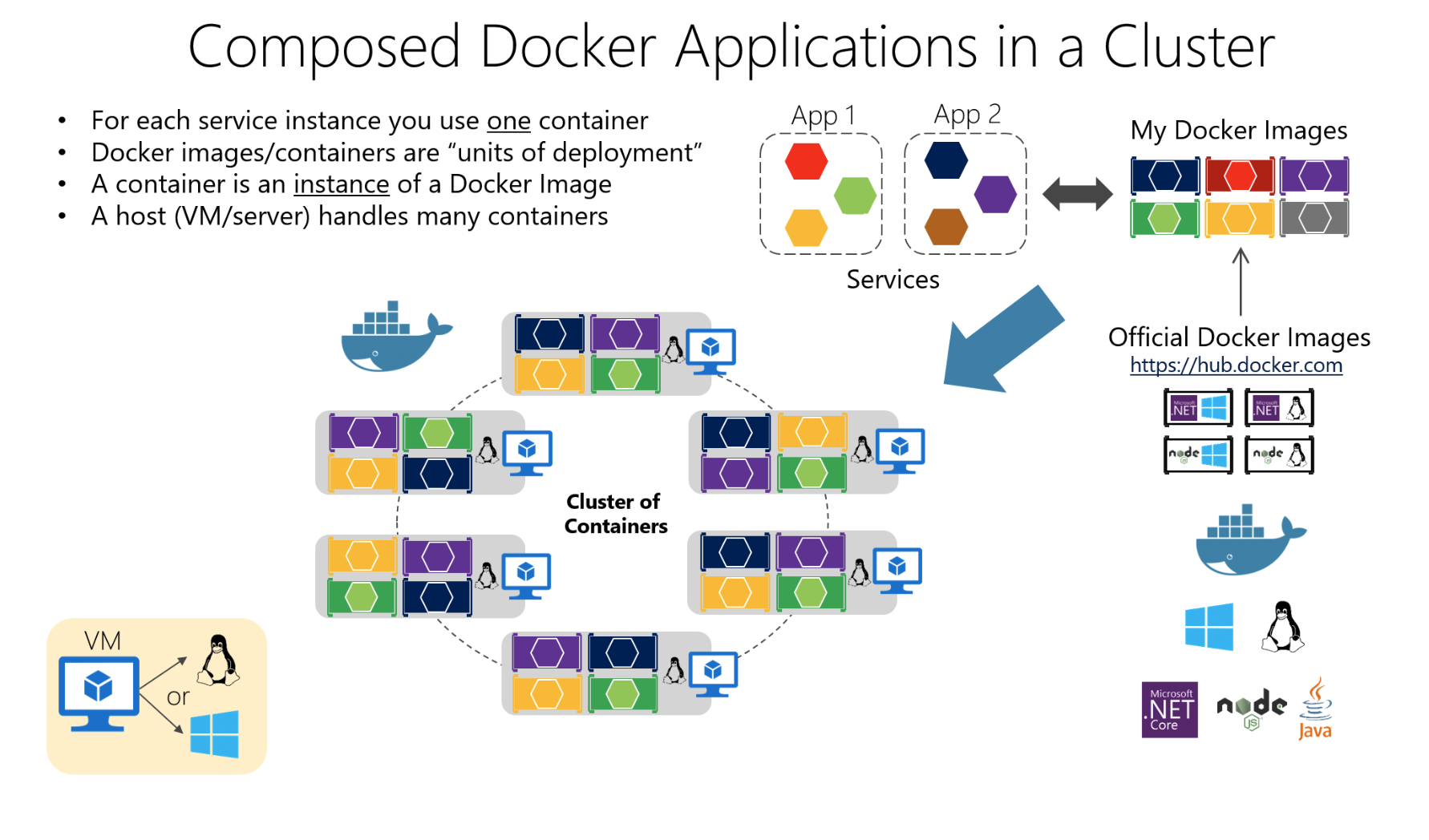Orchestrating
Resiliency and high availability
There needs to be resiliency in the compute capability (the process can restart at any time) as well as resilience in the state or data (no data loss, and the data remains consistent).
The problems of resiliency are compounded during other scenarios, such as when failures occur during an application upgrade. The microservice emits health information so that the overall application and orchestrator can make these decisions.
Health checks
There aee 2 library can be used:
- ASP.NET HealthChecks Library
- AspNetCore.Diagnostics.HealthChecks
It handles two types of checks:
-
Liveness: Checks if the microservice is alive, that is, if it's able to accept requests and respond.
-
Readiness: Checks if the microservice's dependencies (Database, queue services, etc.) are themselves ready, so the microservice can do what it's supposed to do.
Using diagnostics and logs event streams
In monolithic server-based applications, you can write logs to a file on disk (a logfile) and then analyze it with any tool.
A microservice-based application should not try to store the output stream of events or logfiles by itself, and not even try to manage the routing of the events to a central place.
There are 2 approaches:
-
Event stream router, Microsoft.Diagnostic.EventFlow, which collects event streams from multiple sources and publishes it to output systems.
-
Third-party log analysis platforms and tools that can search, alert, report, and monitor logs, even in real time, like Splunk.
Orchestrate microservices
